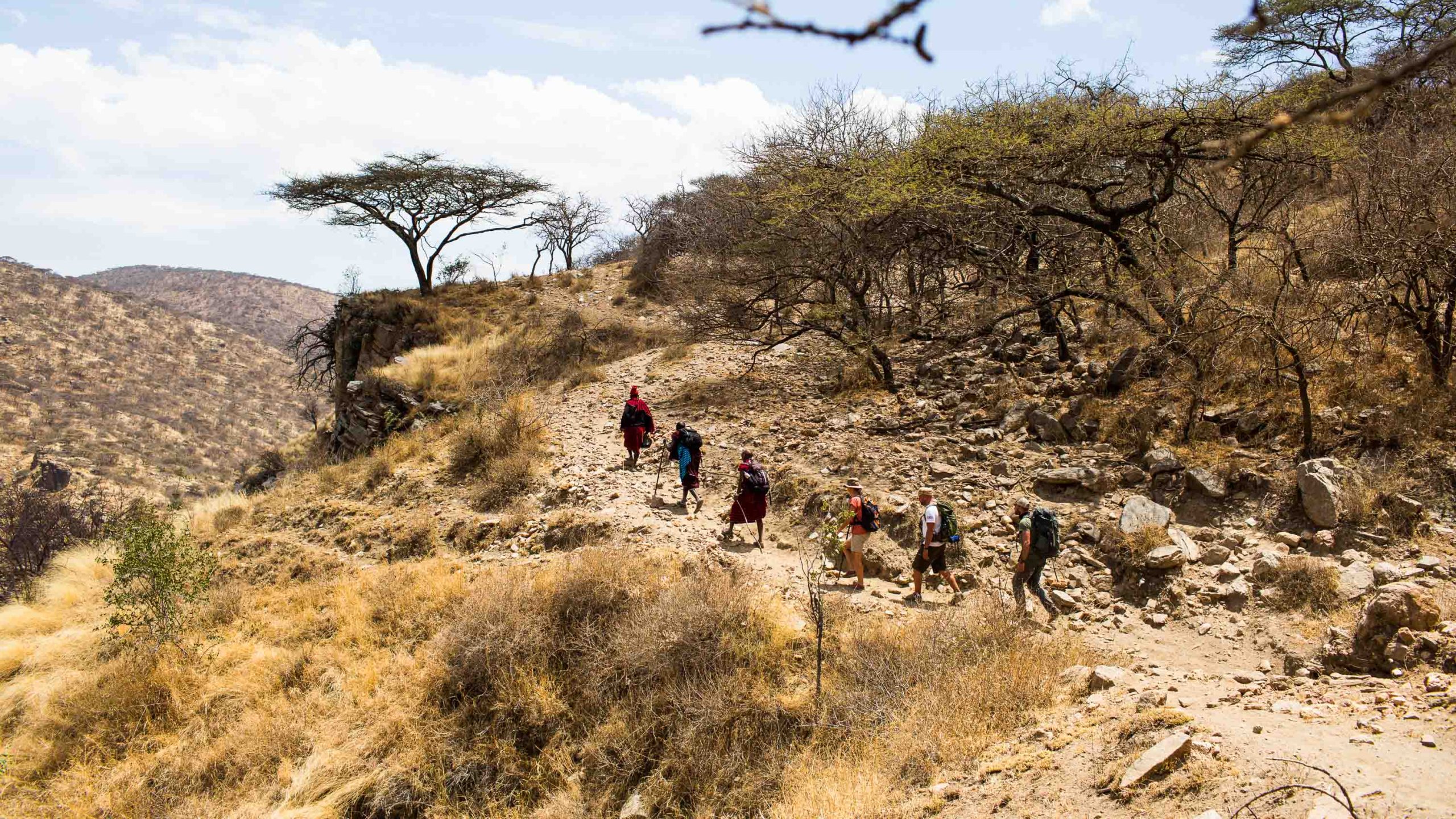Olduvai Gorge is one of the world’s most important paleoanthropological sites. A barren, waterless, steep-sided ravine, it was here in the early 20th century that archaeologists Louis and Mary Leakey uncovered some of the earliest hominid fossils, placing the origins of man right here in the heart of Africa.
It was in 1976, not far from Olduvai, when they stumbled upon animal tracks cemented in ancient volcanic ash. In 1978, Paul Abell joined the team and discovered what are now known as the Laetoli footprints. These 3.6-million-year-old tracks were most likely made by early human ancestor, the bipedal Australopithecus afarensis, three of whom had walked through wet volcanic ash, leaving a trail of 70 footprints that were preserved—just like those at Lake Natron—by layers of ash from a subsequent volcanic eruption.
These early human feet were more human-like than ape-like, with a ‘heel-strike-toe-off’ gait, the way modern humans walk, although the close spacing of footprints suggests a short stride, which probably meant they had short legs. It wasn’t until much later that early humans would evolve longer legs, giving them the ability to walk further, faster, and cover more ground.
From the ancient footprints left thousands of years ago on the shores of Lake Natron, to these much older ones embedded near Olduvai Gorge, it hits us that we have trekked back through aeons of evolution, traveled through time, and immersed ourselves in a place that few have ever seen.
**
The writer traveled with specialist African operator Mahlatini Luxury Travel and her hike was organized by Lake Natron Camp, a luxury eco-camp run by local Maasai, with profits going directly to their village.

